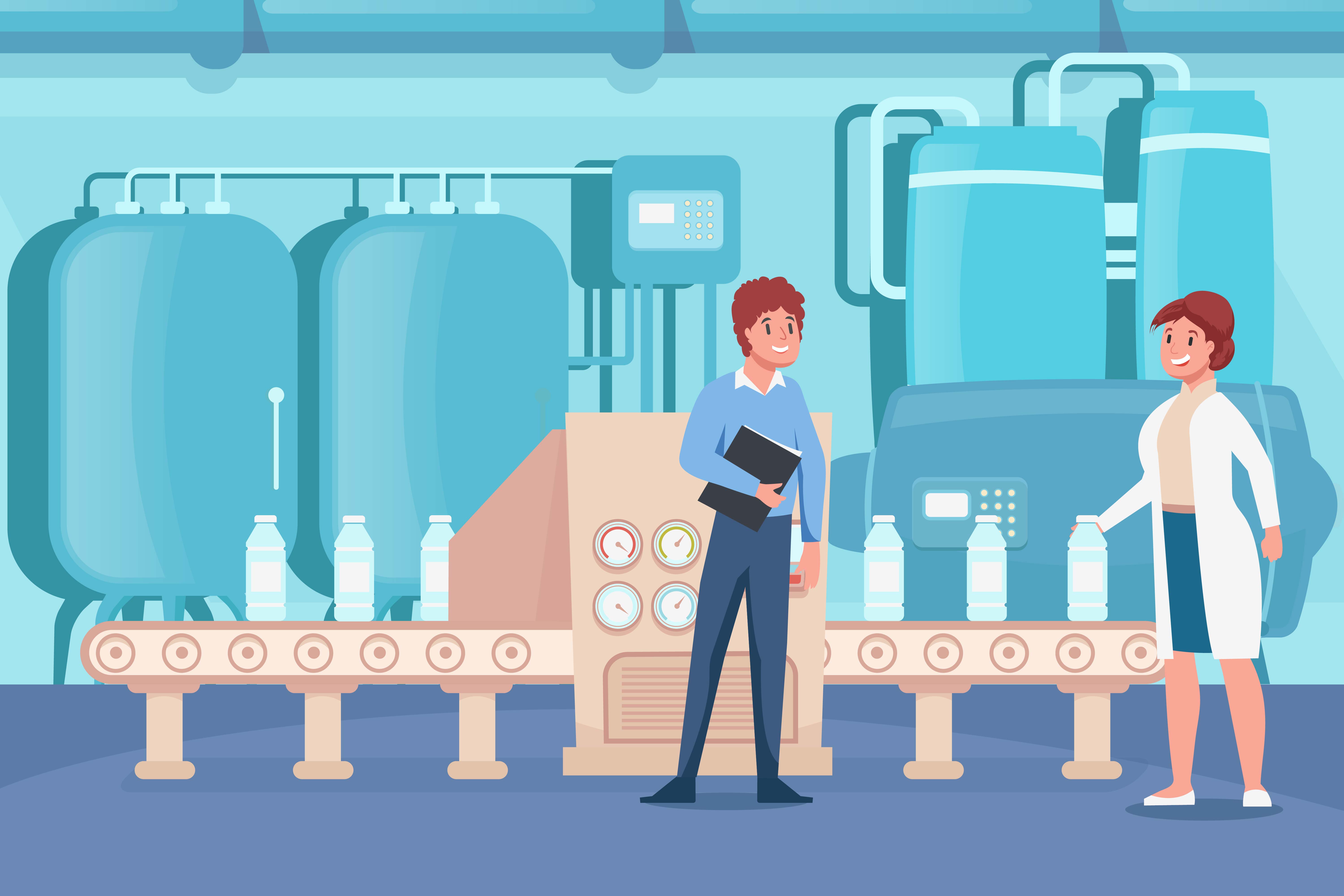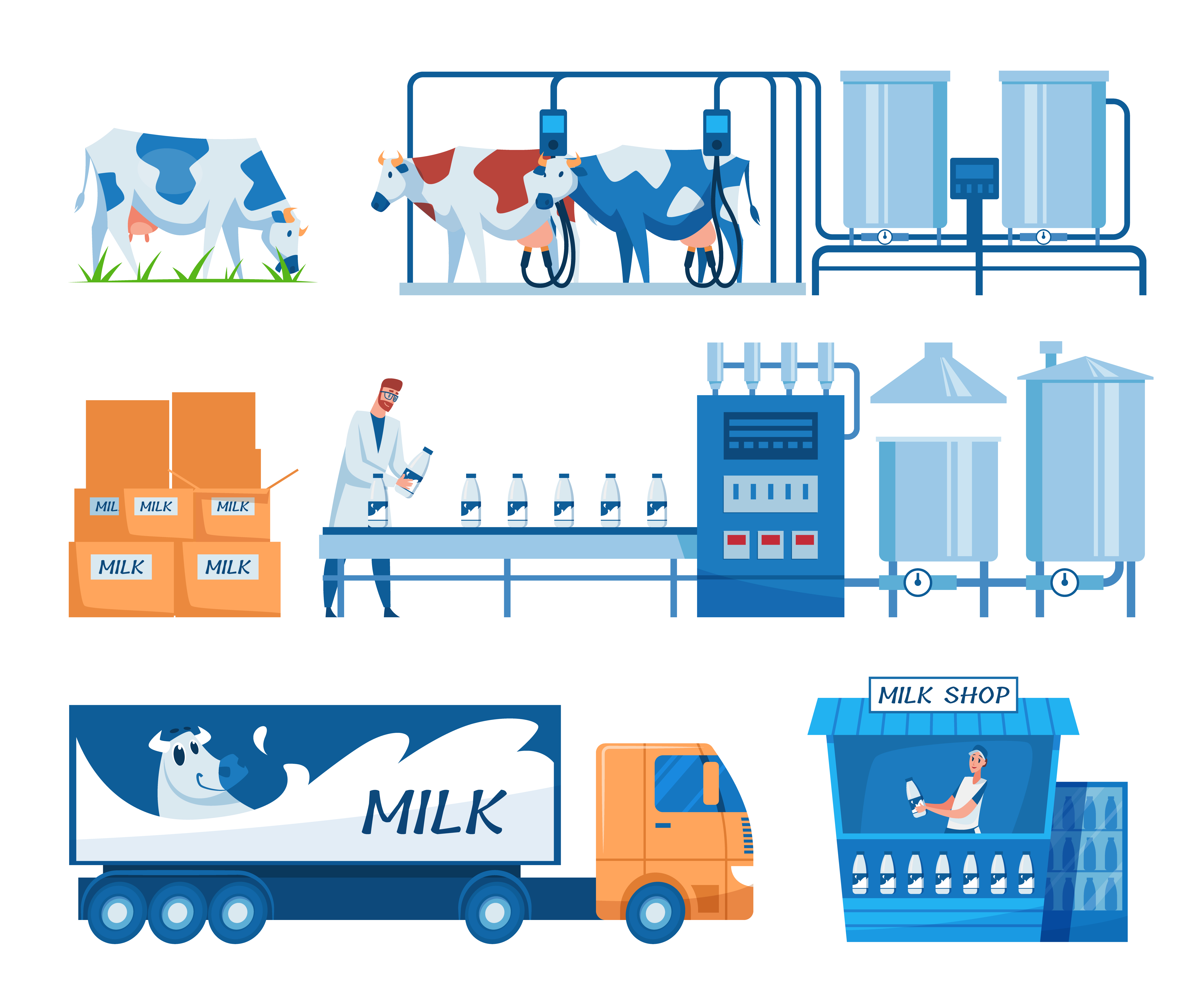Reducing Production Costs in Bottled Water Plants

Strong 8k brings an ultra-HD IPTV experience to your living room and your pocket.
Cost pressures are mounting for bottled water producers. Between rising energy prices, packaging costs, and labor shortages, plants must work smarter to stay profitable. Many businesses are now using bottled water delivery software to unlock features that lower operational expenses, improve visibility, and track returnable bottles—all contributing to reduced production overhead.
From automation to inventory management, the right approach can help producers maintain quality while cutting waste and increasing efficiency.
Monitor and Reduce Water Wastage
Every drop counts—literally. Water loss during bottling or cleaning directly impacts cost. Install flow meters and monitor usage across your facility. Small leaks or overflows may seem minor but add up quickly across daily operations.
Simple ways to reduce water waste:
- Use efficient rinse cycles for bottle cleaning
- Reuse rinse water when possible
- Schedule regular maintenance checks
This also supports sustainability goals, which increasingly matter to commercial buyers.
Optimize Energy Usage
Energy is one of the highest ongoing expenses in a water plant. Start by evaluating which parts of your production line are using the most power—usually chillers, compressors, and filling lines.
Tactics to save energy:
- Switch to energy-efficient motors
- Use timers or sensors for lighting and machinery
- Shift energy-intensive tasks to off-peak hours
Over time, these tweaks can deliver significant cost savings.
Automate Repetitive Tasks
Automation doesn’t have to mean a full robotics overhaul. Even small steps like automated labeling, filling, or capping machines reduce labor costs and errors. With higher consistency, you’ll waste fewer bottles due to improper sealing or fill levels.
Additionally, automating administrative tasks like route planning or billing through software also lowers staffing costs.
Minimize Material Waste
Packaging—bottles, caps, and labels—can become a huge source of waste if not managed tightly. Every overfill or mislabel leads to wasted stock. Tracking production data helps reduce these issues.
Here’s what helps:
- Pre-set fill levels for each SKU
- Regular calibration of machines
- Alerts for misfeeds or production anomalies
These steps prevent loss and help keep batch quality consistent.
Track and Reuse Returnable Assets
Most water businesses use reusable bottles or jars. Losing track of them leads to replacement costs, which often go unnoticed.
Using a return-tracking system through your delivery software helps:
- Record customer returns in real time
- Reduce bottle loss
- Schedule timely pick-ups
This alone can recover thousands in annual costs for mid-size businesses.
Streamline Delivery and Inventory
Production costs don’t end at the plant gate. If your dispatch or delivery system is inefficient, costs can spiral. Late deliveries, route overlaps, or stockouts cause loss of time, fuel, and customer trust.
A few practical steps:
- Use delivery route optimization tools
- Sync warehouse and sales data in real time
- Monitor driver performance and turnaround times
This improves customer service and reduces logistics overhead.
Align Production With Demand
Overproduction is a silent profit killer. Producing more than you can sell ties up inventory, fills storage, and often results in spoilage or disposal.
To avoid this:
- Forecast demand using sales history
- Run smaller, more frequent production batches
- Automate order tracking for better scheduling
Matching production to actual demand helps avoid both waste and shortage.
Final Thought
Reducing production costs isn’t about cutting corners—it’s about working smarter. From optimizing energy use to managing returnable bottles and leveraging delivery software, each action adds up.
Bottled water producers who invest in modern tools and lean processes will remain competitive in an industry where margins are shrinking and expectations are rising.
Note: IndiBlogHub features both user-submitted and editorial content. We do not verify third-party contributions. Read our Disclaimer and Privacy Policyfor details.







